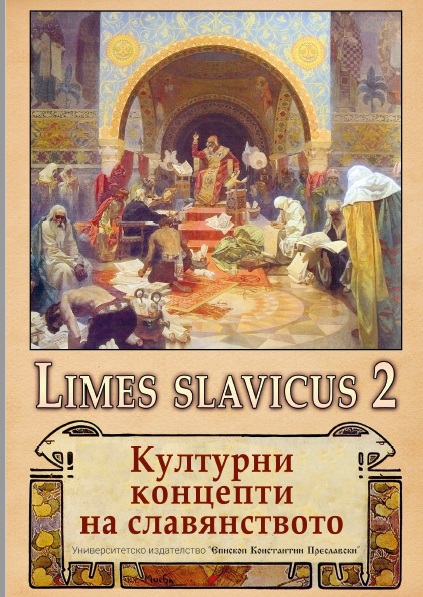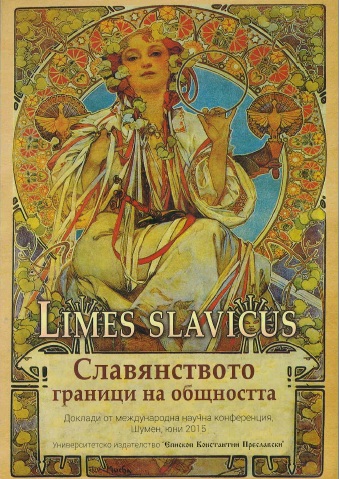
Тайните на глаголицата
The article presents a semiotic analysis of the glagolitic alphabet, claiming that the alphabet, with the original way of drawing and arranging the graphemes, was conceptualised by Constantine (Cyril) the Philosopher (St. Cyril) as a sacred sign system with the aim of reinforcing the Orthodox cult of Jesus Christ as a God-man in opposition to the Arian idea, which defined him as a perfect being created by God, and thus questioned his divine nature.
More...
